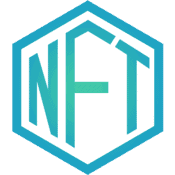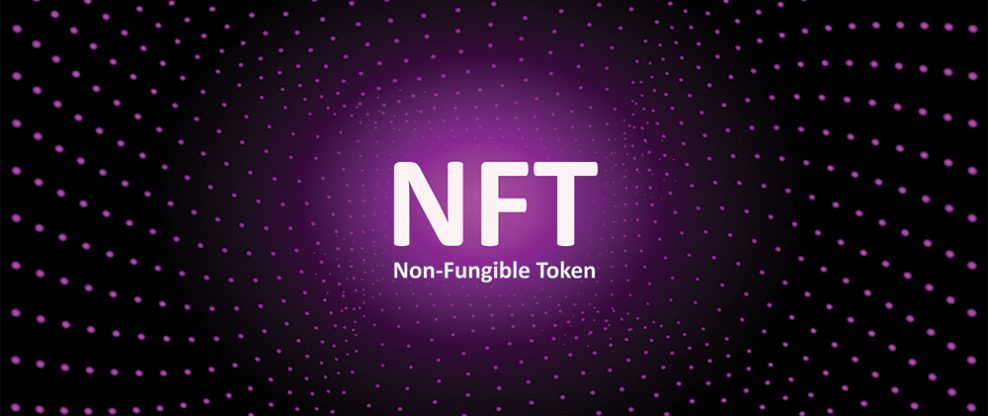(Hypebot) — Remember Ian Rogers? He was the CEO and co-founder of the pioneering direct-to-fan platform Topspin, the CEO of Beats Music, and senior director at Apple Music.
When Ian Rogers talked about digital, the music industry listened.
After his times as an executive at Topspin, Beats, and Apple, Ian Rogers spent 5 years living in Paris as Chief Digital Officer for LVMH, which owns luxury brands Vuitton, Moë, Hennessy, Givenchy, and Bulgari.
Now, Rogers is the chief experience officer at crypto-wallet and exchange Ledger.
So NFTs and their potential to disrupt music, art, fashion, and other sectors is something he’s thinking a lot about.
A 30 Second Lesson In NFTs

An NFT or non-fungible token is a unit of data on a blockchain-powered digital ledger where each NFT represents a unique item. NFTs can represent digital files including audio, art, video, and other forms of creative work.
While the digital files themselves are infinitely reproducible, the NFTs representing them are tracked on their underlying blockchains and provide buyers with proof of ownership.
An NFT can also be tied to a unique item in the physical world.
$1 Billion In Last 30 Days
Artists like Grimes, Kings Of Leon, RAC, 3LA, and Steve Aoki have already found success with NFTs because they gave fans and collectors something they could not find anywhere else.
$1 billion in digital art has sold in the last 30 days, according to CryptoSlam.
Rogers looked at the earnings potential that an NFT can bring to a single song:
“A song is a collection of owned parts. If you open the liner notes to your favorite album you’ll see the credits which is another way of saying who gets paid,” said Ian Rogers. “Imagine that you could track those rights if it was remixed (or) if there were derivative recordings. That’s something that’s never been pulled off in the music business – where you get an actual marketplace for collaboration I think that this type of technology ultimately will lead to that as well.”
“What started as an experiment in decentralization has led to barriers being broken down between artists and fans, leading to real revenue streams for artists, and allowing almost any content to be tokenized,” CAA agent Phil Quist told Insider. “This could be the beginning stages of a switch from fans having a parasocial relationship with their artists to being able to invest in artists directly in various forms, which inevitably will enhance true fandom.”
Potential For Future Earnings
A major attraction for artists is that NFT sales are direct to fan, which means profits are not shared with a record label or other music industry middleman.
And even after delivering that initial pile of cash when the NFT sells, most platforms enable the creator to continue to earn every time the item is resold, often at increasingly higher prices.
Currently, most NFT platforms allow artists the option of making 10 – 15% of future sales. But what if the artist and owner were 50/50 partners interested in increasing the value of the NFT because both profits equally from its resale.
More From Rogers
While he sees incredible potential in blockchain, crypto, and NFTs, Ian Rogers is also not blind to issues like sky-high valuations and digital counterfeits. But there’s potential for disruption there as well, particularly when linking an NFT to a physical good.
“What happens when you buy the sneaker direct from Adidas and they give you an NFT along with it,” asks Rogers.





























